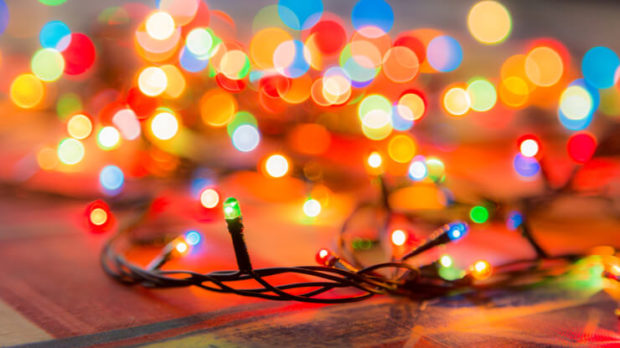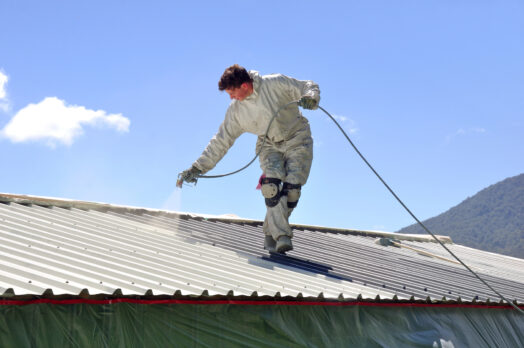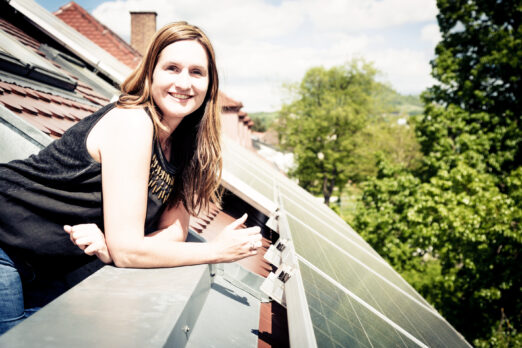
LED There be Lights! Energy-Saving Tips for the Holiday Season
Conservation, News December 14, 2023
This year, why not gift yourself with energy efficiency?
Whether you prefer a light touch or are the next Clark Griswold, festive lights are a part of our traditions. The United States alone uses 6.63 billion kilowatt-hours of electricity each year to power holiday lights — that’s enough energy to run 14 million refrigerators! Don’t worry, we won’t get Grinchy and ask you to nix your holiday light show—at least, not entirely.
There are a few easy steps you can take to make your holiday displays more energy-efficient:
- Switch to LED lights. Outside or on your tree, LED light strings will shine brighter and last up to ten times longer than traditional incandescent lights. And they are about six times less expensive to operate than outdated incandescents. LEDs are also safer because they stay cool and illuminate at much lower temperatures.
- Set a timer. Your lights don’t need to be on all night. Six hours or less of daily use is a good goal to aim for. Putting your lights on a timer will save money and electricity, especially if you tend to forget to turn them off. Set a timer, and forget about it!
- Turn off ambient lights. The lights on your Christmas tree should provide more than enough lighting to navigate around the room.
- Use a power strip. Lights and other electronic decorations plugged directly into your wall may use phantom power –– small amounts of energy even when they’re turned off. Plugging lights and decorations into a power strip and then turning the strip off helps avoid energy leakage and makes it easier to turn everything on/off at once.
- Decorate without electricity. Christmas lights are nice, but so are candles! Set up luminarias along your walkways and lit (or battery operated) candles throughout your home to achieve a beautiful holiday glow, without adding to the electric bill.
Find more fall and winter energy-saving tips at the Department of Energy.
Related Posts

Conservation June 10, 2024
Cool Your Home and the Planet with Nature’s Air Conditioners
The summer sun can turn your home into a furnace, sending your air conditioning unit into overdrive and your energy…
The summer sun can turn your home into a furnace, sending your air conditioning unit into overdrive and your energy…
Read More

Conservation November 7, 2023
Can White, Reflective Roofs Help Cool Our Rapidly Warming Cities?
This past summer was both the hottest one on record and predicted to be the coolest one in our future.…
This past summer was both the hottest one on record and predicted to be the coolest one in our future.…
Read More

Conservation October 4, 2023
How Consumers Can Help Power the Energy Transition
With the increasing frequency of climate-related disasters, our children are growing up in a changing world. This is a growing…
With the increasing frequency of climate-related disasters, our children are growing up in a changing world. This is a growing…
Read More